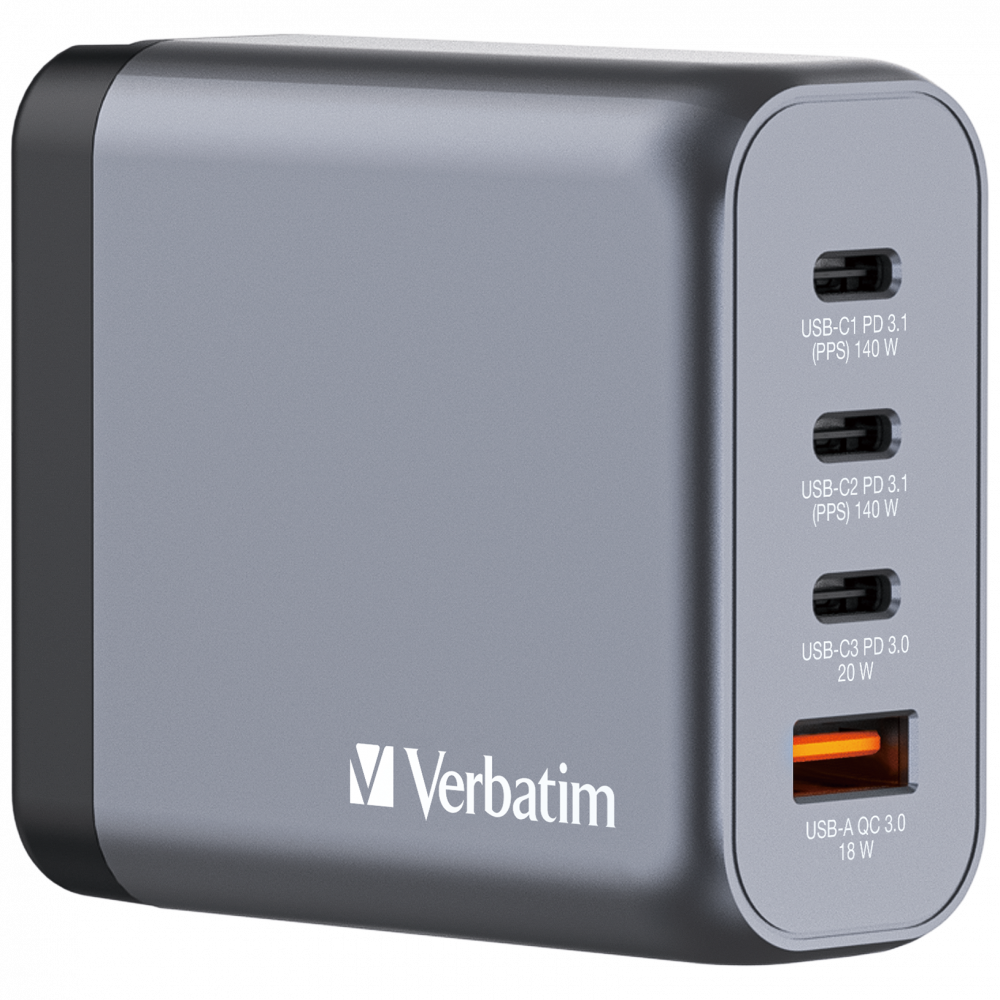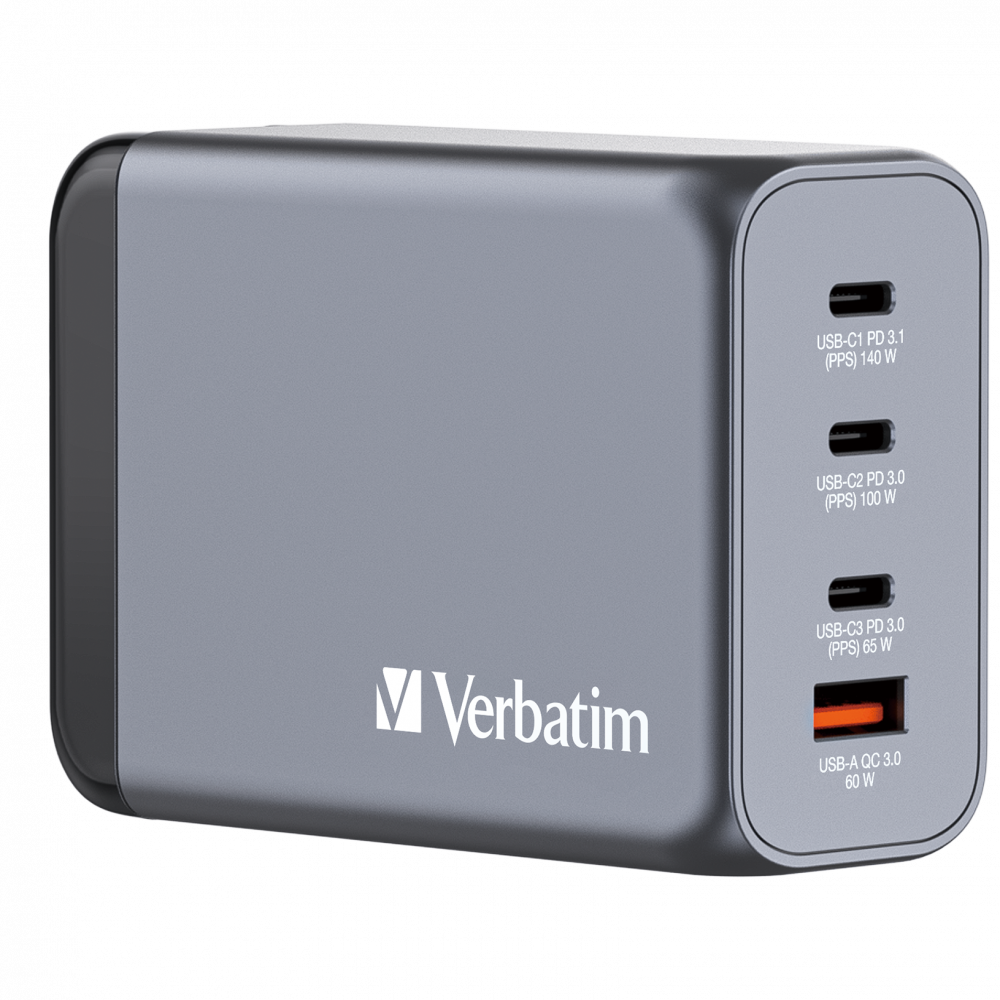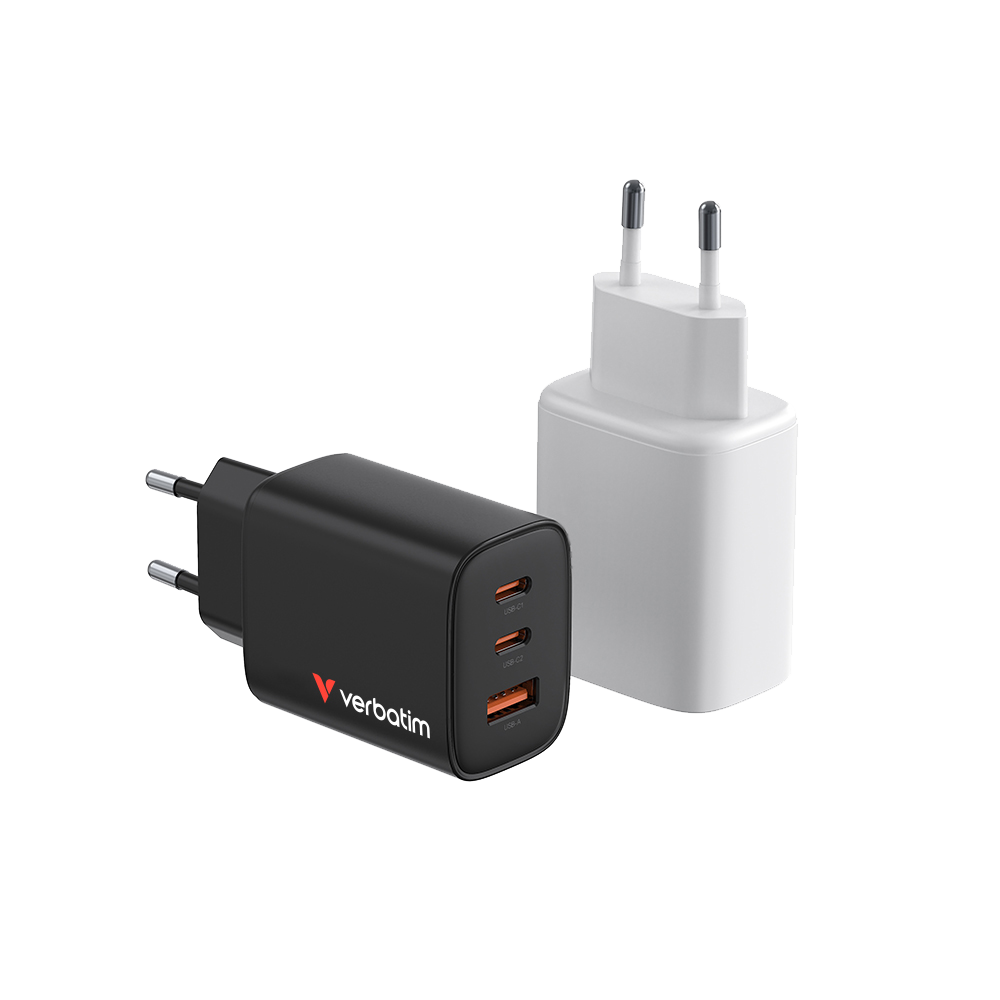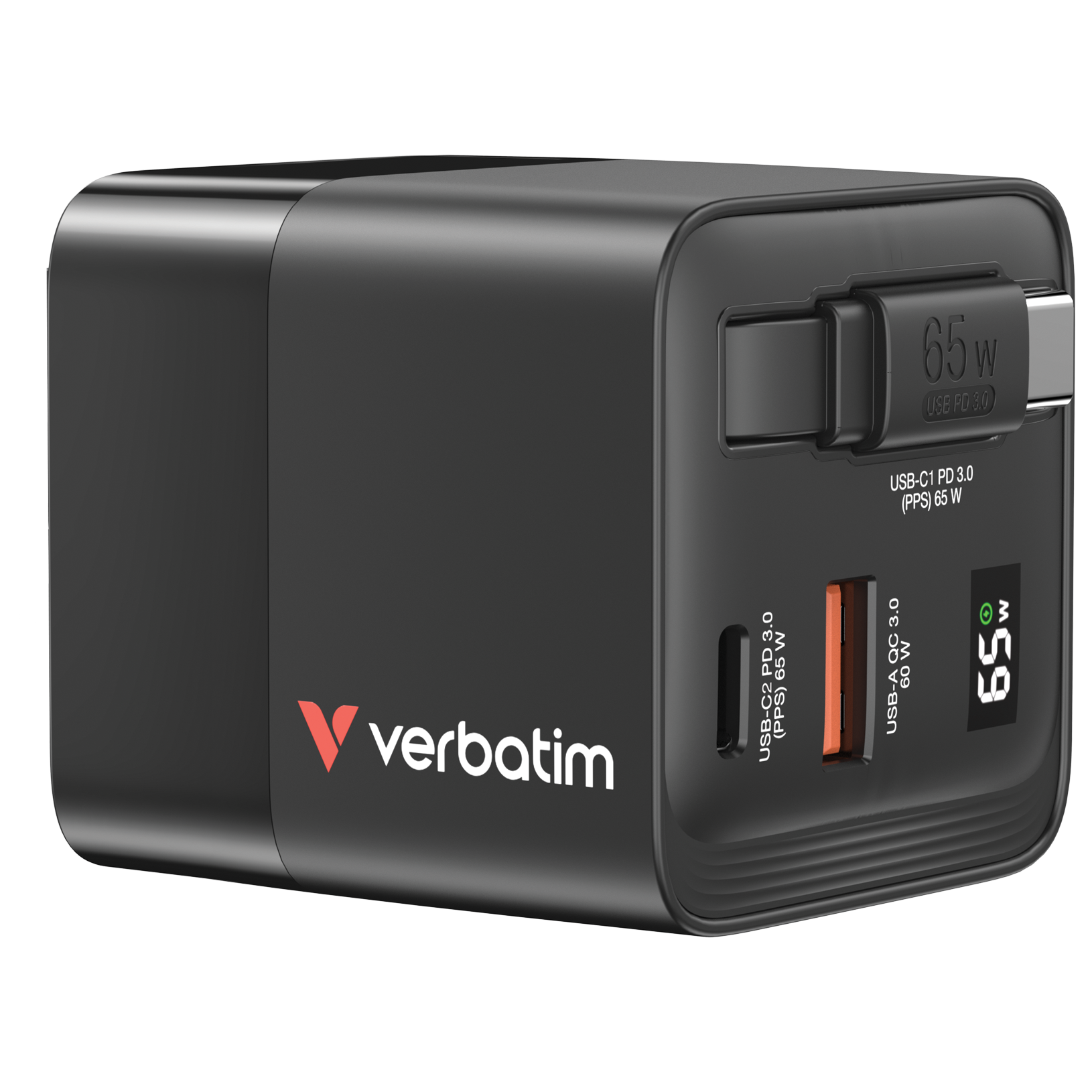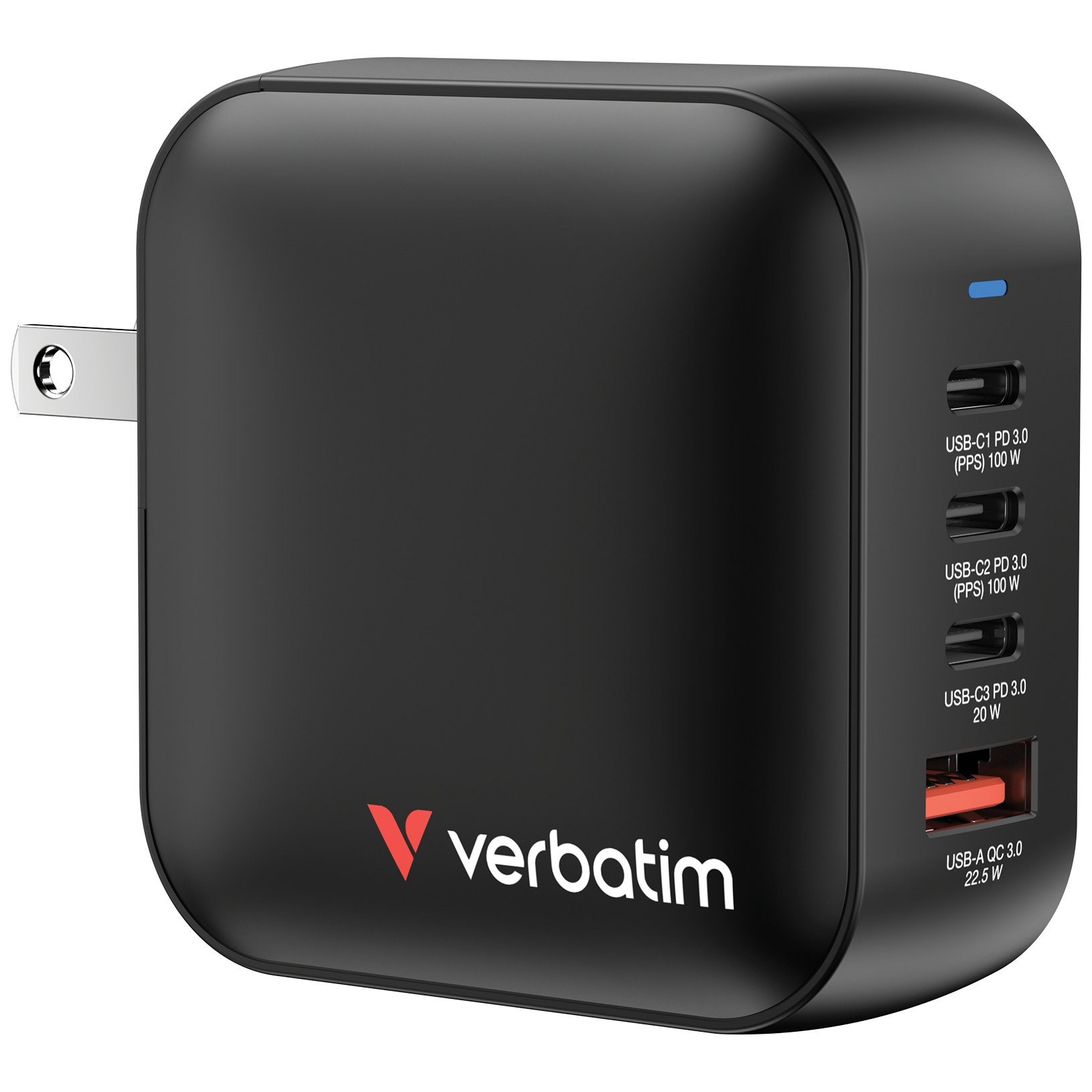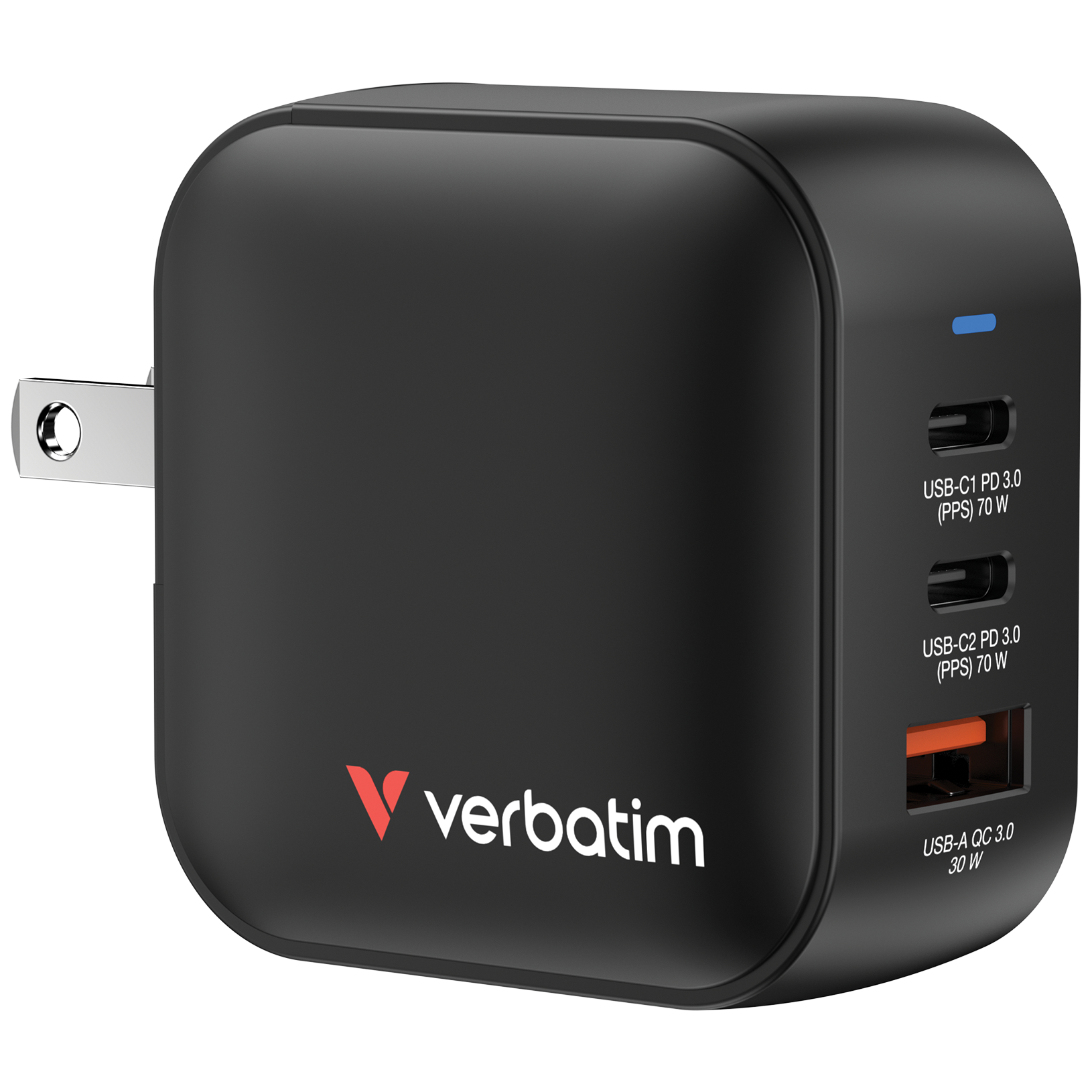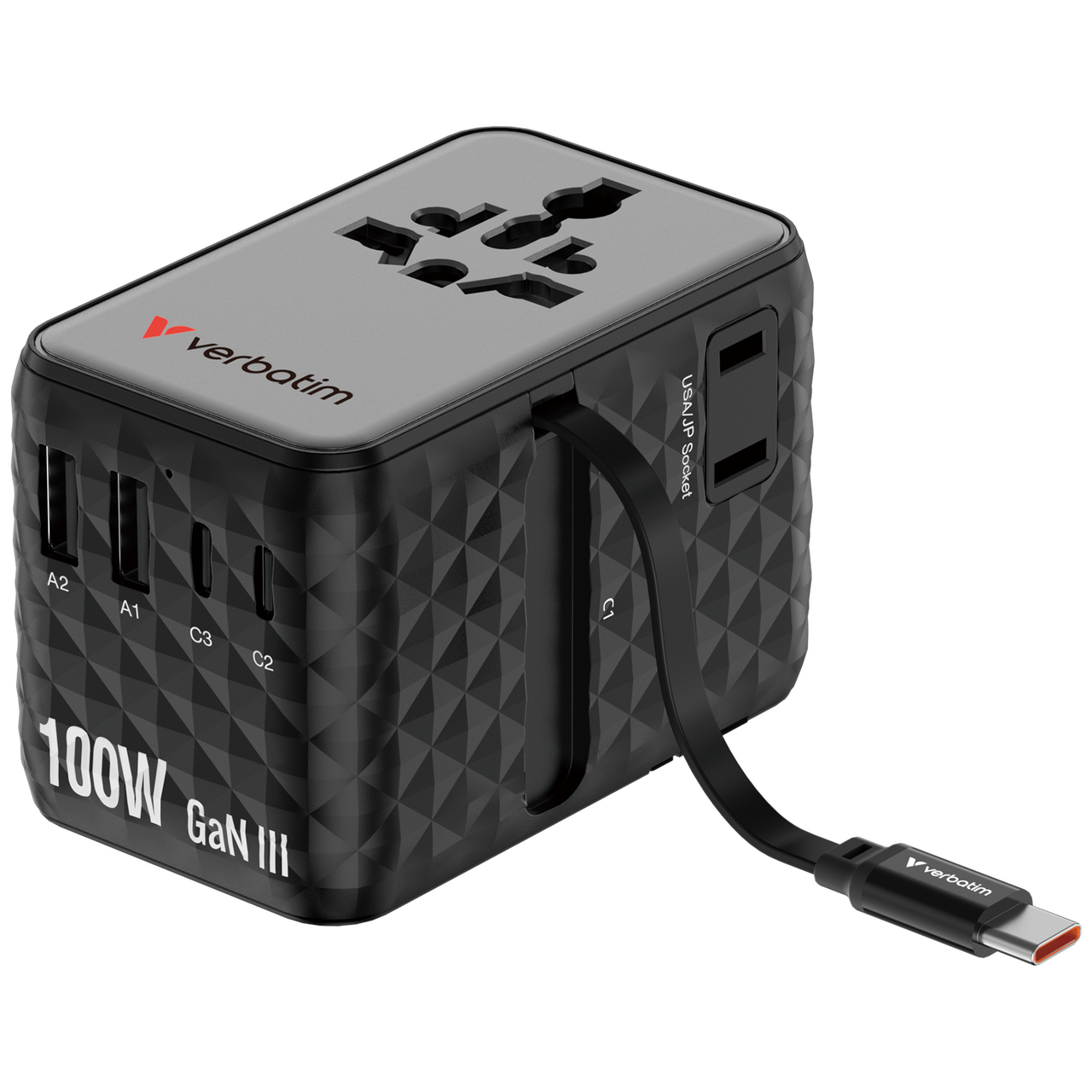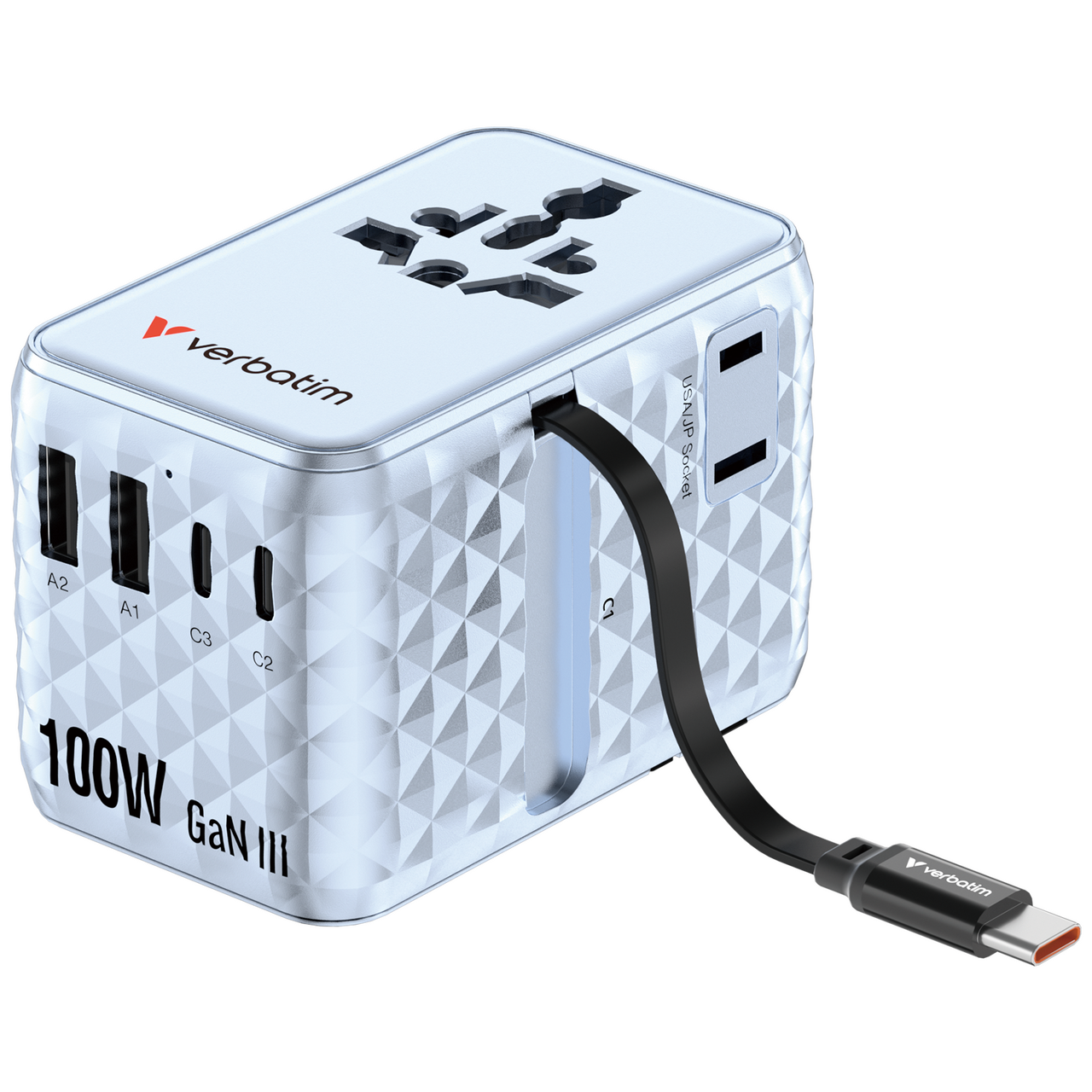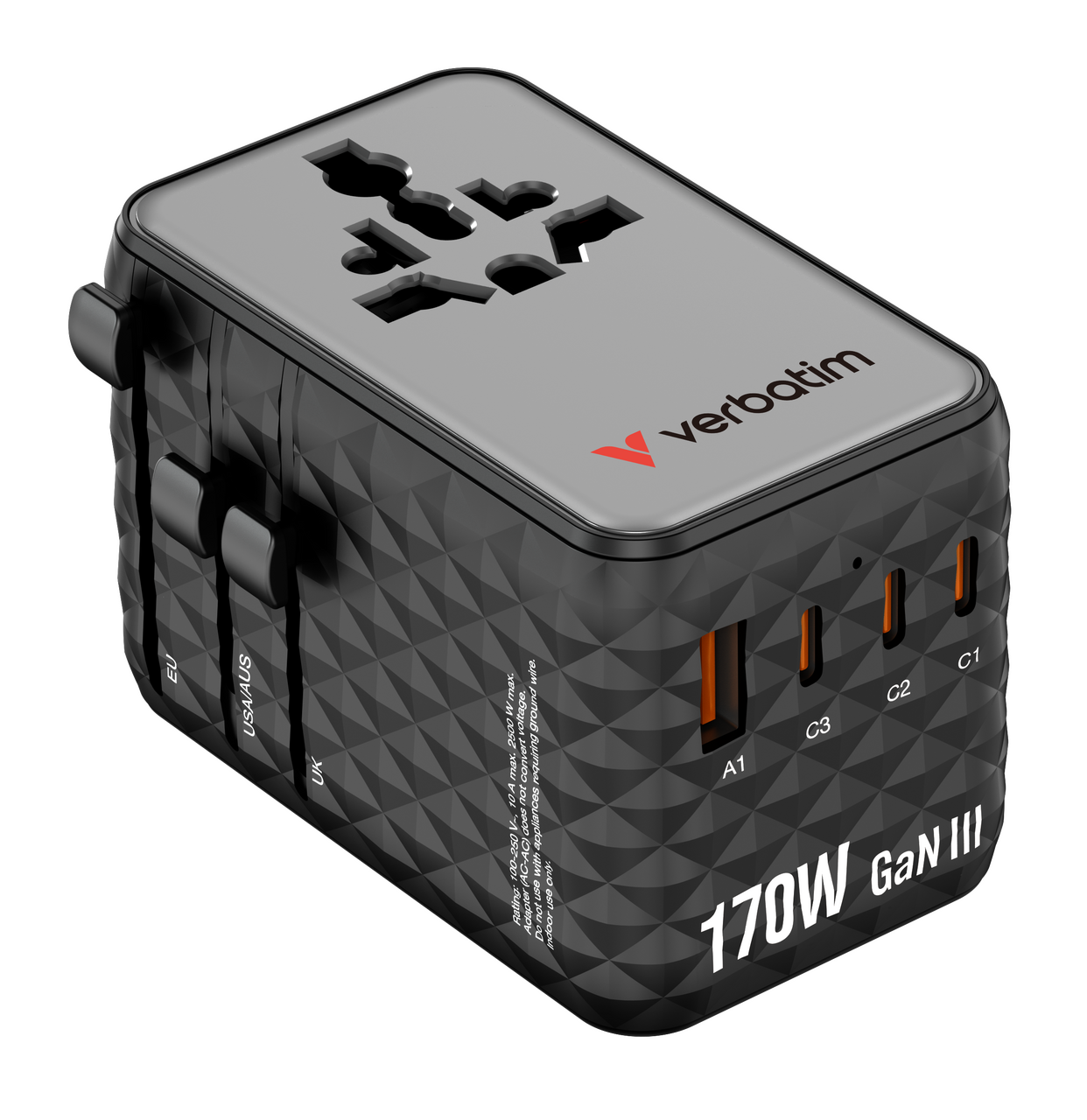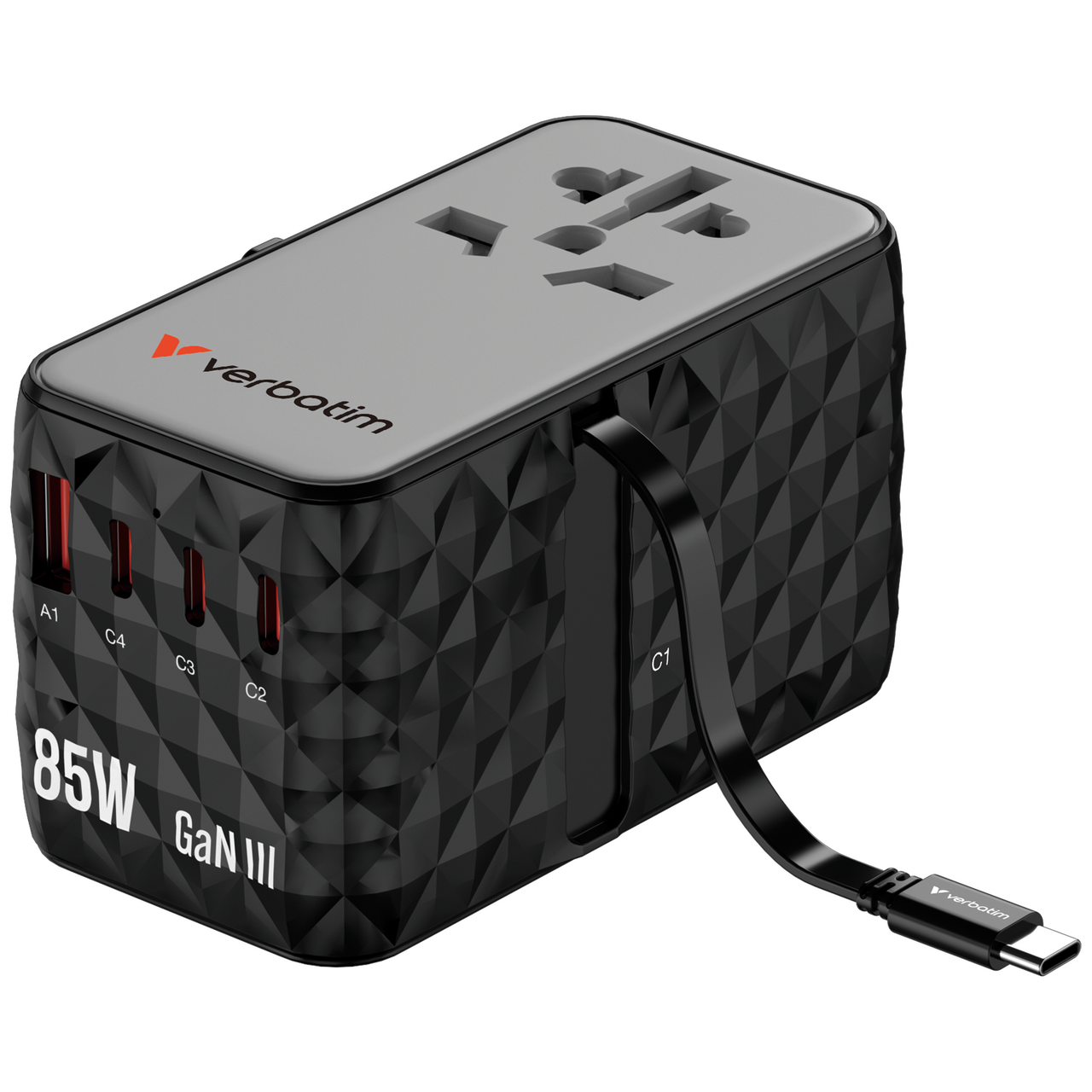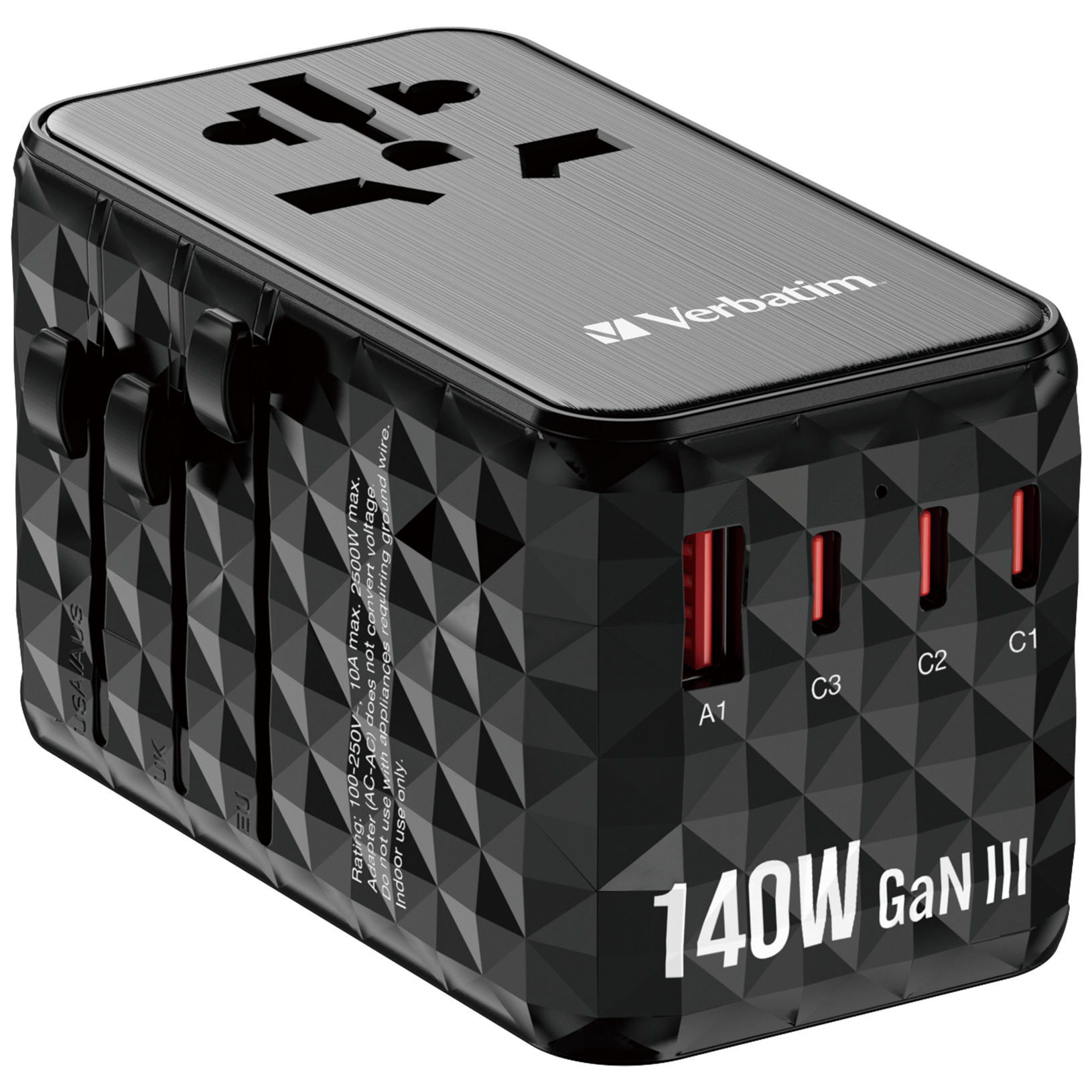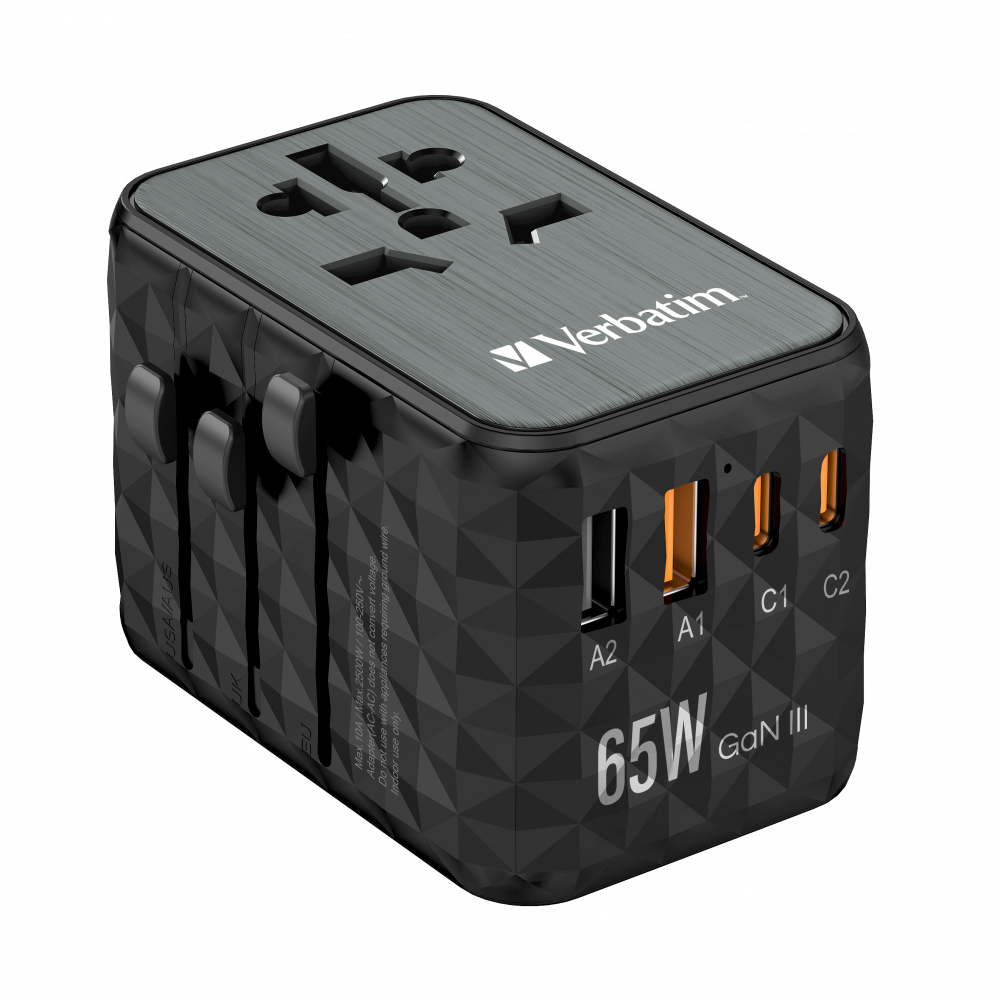A Complete Guide to Smarter, Faster Charging

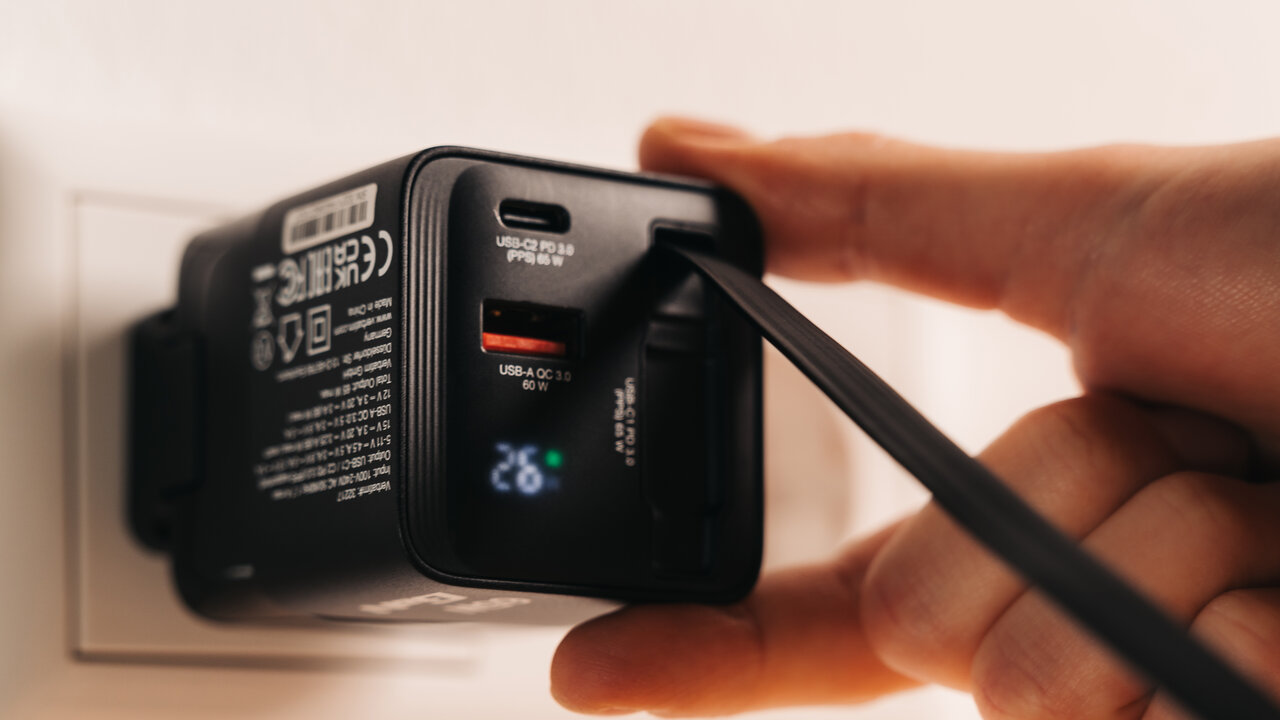
Introduction: Why USB-PD Matters
If you’ve ever wondered why some chargers fill your phone in minutes while others take hours, the answer often lies in USB Power Delivery (PD). This fast-charging standard is now built into most smartphones, tablets, and laptops — making it one of the most important technologies in modern charging.
In this guide, we’ll explain what USB-PD is, how it works, and what to look for when buying a USB Power Delivery charger. Whether you use an iPhone, Android, MacBook, or Windows laptop, PD helps keep your devices powered safely and efficiently.
1. What is USB Power Delivery?
USB Power Delivery is a universal fast-charging protocol that allows devices and chargers to negotiate the exact amount of power required. Unlike older USB standards (which were limited to 5V/2A), PD supports up to 240W of power, making it capable of charging everything from phones to high-performance laptops.
Key Features:
Dynamic power negotiation – charger and device communicate in real time
Higher voltage and current – supports 5V, 9V, 15V, 20V and up to 48V (PD 3.1)
Cross-device compatibility – one PD charger works across brands and devices
Safety built in – prevents overcharging, overheating, or battery stress
2. Benefits of USB Power Delivery Chargers
Why upgrade to a USB-C® PD charger? Here are the main advantages:
Universal compatibility – Works with Apple, Samsung, Google, Dell, Lenovo, HP, and more
Faster charging speeds – Charge smartphones to 50% in under 30 minutes
Laptop charging support – Power-hungry devices like MacBooks or Ultrabooks charge via USB-C PD
Smart power adjustment – Optimises speed while protecting battery health
Travel-ready convenience – One PD charger can replace multiple bulky adapters
3. USB Power Delivery Versions (PD 2.0, 3.0, 3.1)
PD 2.0 – Early standard, up to 100W
PD 3.0 – Adds more flexible voltage profiles, supports most modern smartphones
PD 3.1 – Supports up to 240W (ideal for laptops and future-proofing)
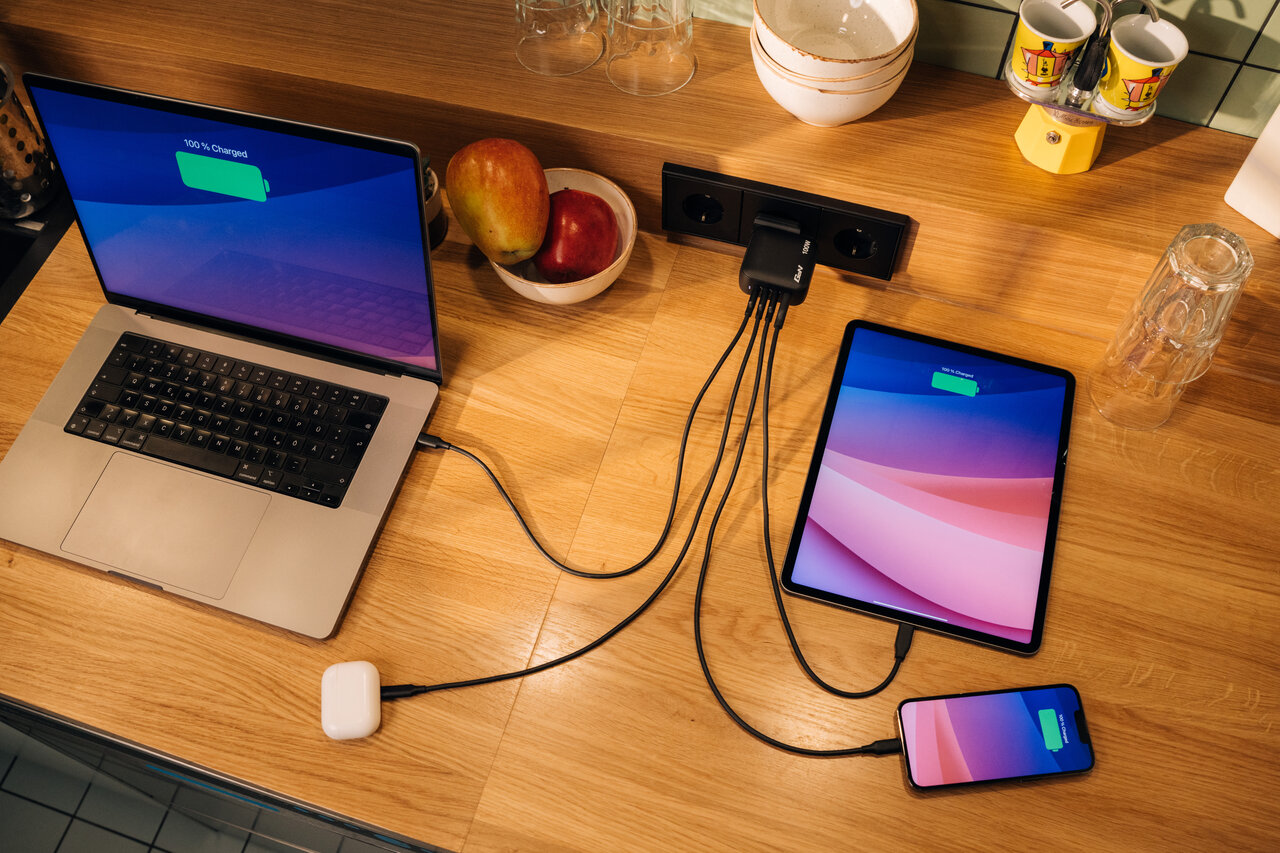
4. What to Consider When Buying a USB Power Delivery Charger
Not all PD chargers are equal. Here’s what to check before you buy:
Wattage output – Match the charger to your device’s needs
Phones: 18–30W
Tablets: 30–45W
Laptops: 65–140W+
Port type – USB-C is standard; some chargers also offer USB-A
Multi-port support – Useful for charging multiple devices at once
PPS support – Needed for Samsung Galaxy fast charging (PD + PPS combo)
Certifications – Look for CE, UKCA, RoHS, and safety protections
5. USB Power Delivery FAQs
Q1. Does USB-PD work with iPhones?
Yes - all iPhones since iPhone 8 support fast charging via USB-PD.
Q2. Can one PD charger work across multiple devices?
Yes - as long as wattage matches, one PD charger can power phones, tablets, and laptops.
Q3. Is USB-PD safe for batteries?
Yes - PD automatically adjusts power to prevent overheating or overcharging.
Q4. Do I need PD 3.1 for my laptop?
Not always. Many laptops run on 65–100W PD 3.0 chargers. PD 3.1 is future-proof for next-gen devices.
Conclusion: Why Choose a PD Charger
USB Power Delivery is the backbone of modern fast charging. Whether you want to speed up your phone charging, power your laptop from one universal adapter, or replace multiple plugs with a single solution, PD is a must-have.
When you choose a Verbatim USB-PD charger, you’re getting:
Future-proof compatibility
Compact, travel-friendly design
Safe, certified performance
Trusted European quality
Explore Verbatim’s range of USB Power Delivery chargers today.
Multiport Wall Chargers | Charge laptops and phones | Verbatim
Plugs and Travel Adapters | Fast Charging Multiplugs | Verbatim
GaN Wall Chargers
GaN Travel Adapters

